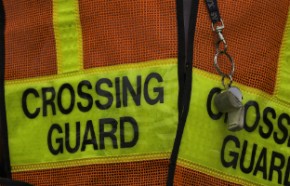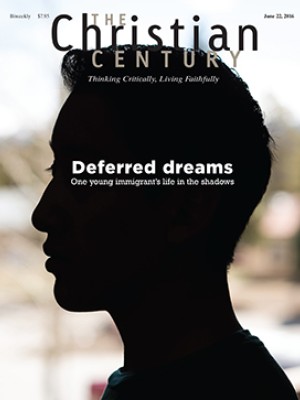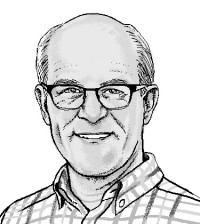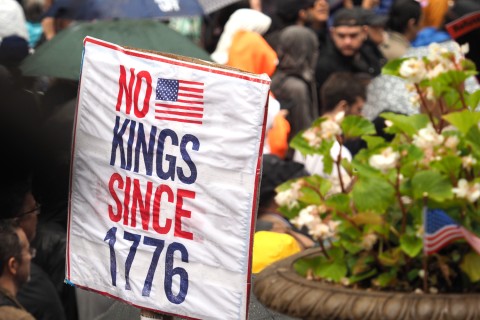When the British wit G. K. Chesterton was dining with a literary friend in London one day, their conversation turned to the subject of power and authority. At one point, Chesterton remarked, “If a rhinoceros were to enter this restaurant now, there is no denying he would have great power here. But I should be the first to rise and assure him that he had no authority whatsoever.”
Most of us encounter this relationship between power and authority early in life, even if it takes some time before we recognize all the dynamics at play. Fourth grade safety patrol was my first flirtation with raw power. Most of us selected for patrol duty developed bigger heads than we deserved, in part because the responsibility of protecting little children induced some awe in us. We believed we were the only saving reality between a child and a fast-moving car. With outstretched arms and an orange reflective belt buckled to our bodies, others might have confused any of us with a glow-in-the-dark Jesus minus the cross. I enjoyed the added benefit of knowing how to whistle through my teeth. With a quick shrill burst, I was able to command a dump truck to halt or stop a couple of seven-year-olds tussling at the curb.
Read our latest issue or browse back issues.
Although I relished this whiff of power, I had no authority whatsoever. It took years of observing others before I learned that I had confused the authority of power with the power of authority. Like Richard Nixon after Watergate, who still had the full power of the presidency at his disposal but zero authority, I couldn’t find a single kid who loved the commanding manner of my safety patrol antics. I had yet to grasp the magnificence of another president—Abraham Lincoln—who possessed great authority but who was often reticent to exercise the full powers of his office.
Social theorist Max Weber describes power as having a coercive element and authority as having a noncoercive one. You can do what I ask of you because you have to do what I have the power to make you do. Or you can do what I ask of you because you want to do it out of respect for who I am to you. The difference between the two motives is huge.
I have noticed among people I admire that those who sacrifice the most in the way of love also end up with the greatest authority. In the New Testament, Jesus repeatedly exercises his own special power of authority through love. With no political clout, no military at his command, no particular social prestige, and no wealth to his name, he reserves the authority of power for special occasions. We do not see him positioning himself to make others do what he commands. Instead, other people have to want the life he proposes.
When Jesus removes an unclean spirit from a convulsing man inside a synagogue, his exorcising power is on full display. But that act of power prompts the gathered worshipers to be astonished by his authority. “What is this? A new teaching—with authority!” (Mark 1:28). What they saw in Jesus was more than raw power; they witnessed the power of love. And in that love is the secret of the Lord’s authority.








